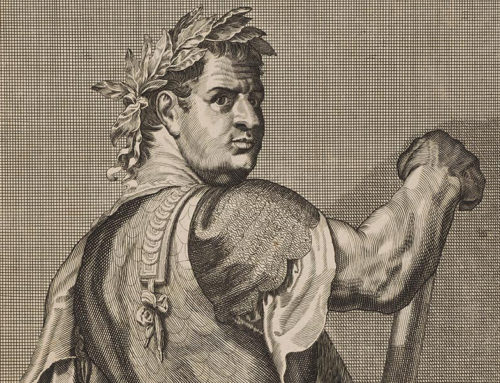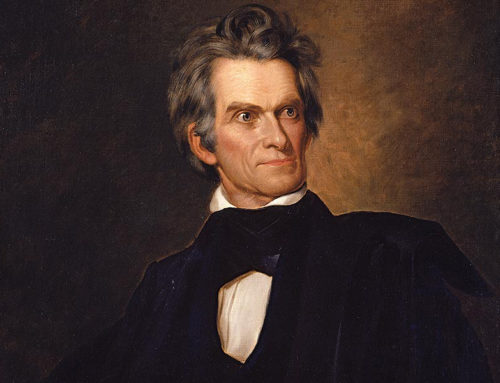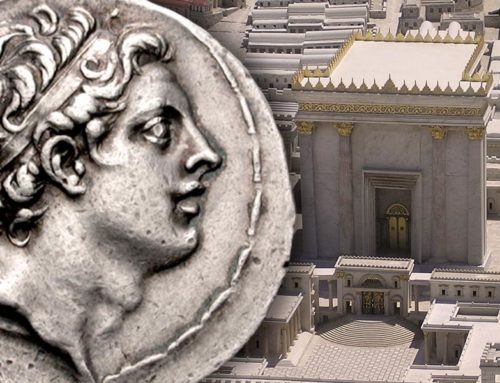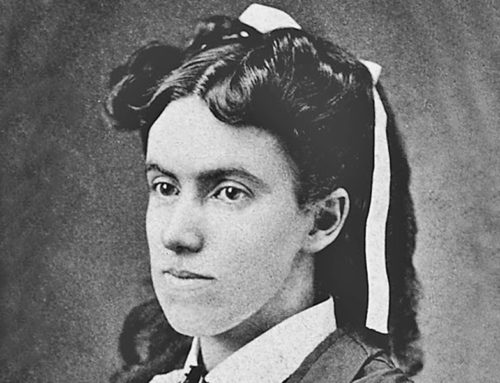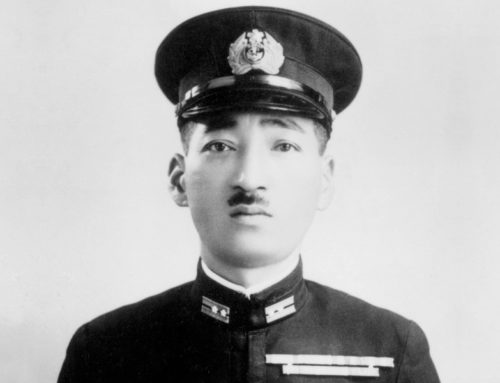

“I will make my mountains a road, and my highways shall be raised up.” —Isaiah 49:11
Lewis and Clark Leave St. Louis, May 14, 1804
![]() homas Jefferson, that brilliant and inquisitive President, political theorist, farmer, scientist, scholar, diplomat, inventor and traveler, devised a plan to explore the lands associated with the Louisiana territories. He chose two men to lead the enterprise, known to him for several years — men of courage, honesty, experience, strict self-discipline, and adaptability or, as Jefferson himself wrote concerning Lewis:
homas Jefferson, that brilliant and inquisitive President, political theorist, farmer, scientist, scholar, diplomat, inventor and traveler, devised a plan to explore the lands associated with the Louisiana territories. He chose two men to lead the enterprise, known to him for several years — men of courage, honesty, experience, strict self-discipline, and adaptability or, as Jefferson himself wrote concerning Lewis:
“it was impossible to find a character who to a complete science in botany, natural history, mineralogy & astronomy, joined the firmness of constitution & character, prudence, habits adapted to the woods & a familiarity with the Indian manners and character, requisite for this undertaking. All the latter qualifications Capt. Lewis has.”
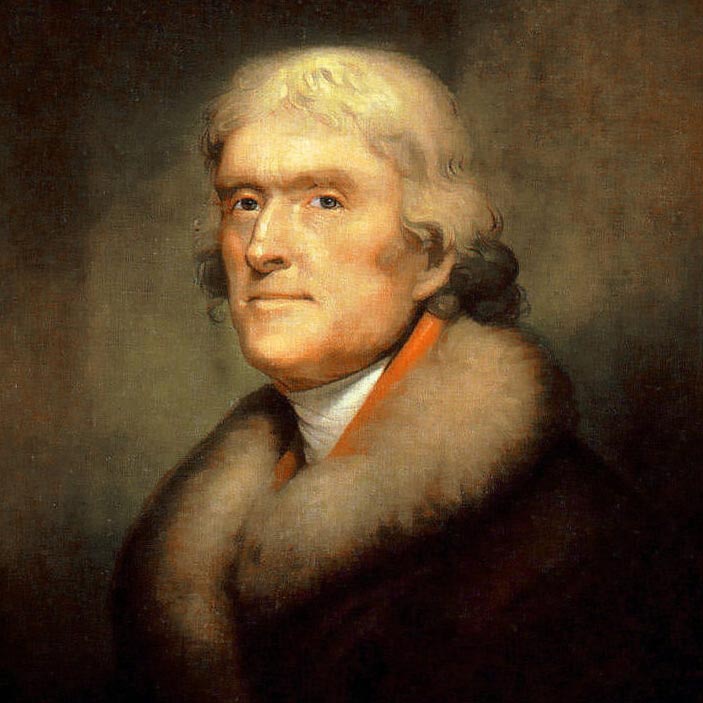
Thomas Jefferson (1743-1826) in 1805
Their “Corps of Discovery” would eventually traverse more than eight thousand miles of death-defying wilderness, over a twenty-eight-month period, and lose but one man—to appendicitis!
President Jefferson’s instructions to Captain Meriwether Lewis “were the very model of the military five-paragraph order.” Their mission was to explore the Missouri River and follow it and its tributaries across the country, map their course, treat the natives in a friendly and conciliatory manner with the view in mind of future commerce. He had to take care of his men, reach the Pacific Ocean if practicable, and avoid fights if confronted with obstreperous tribes. They were to observe and collect flora and fauna and cultural artifacts as opportunity afforded.
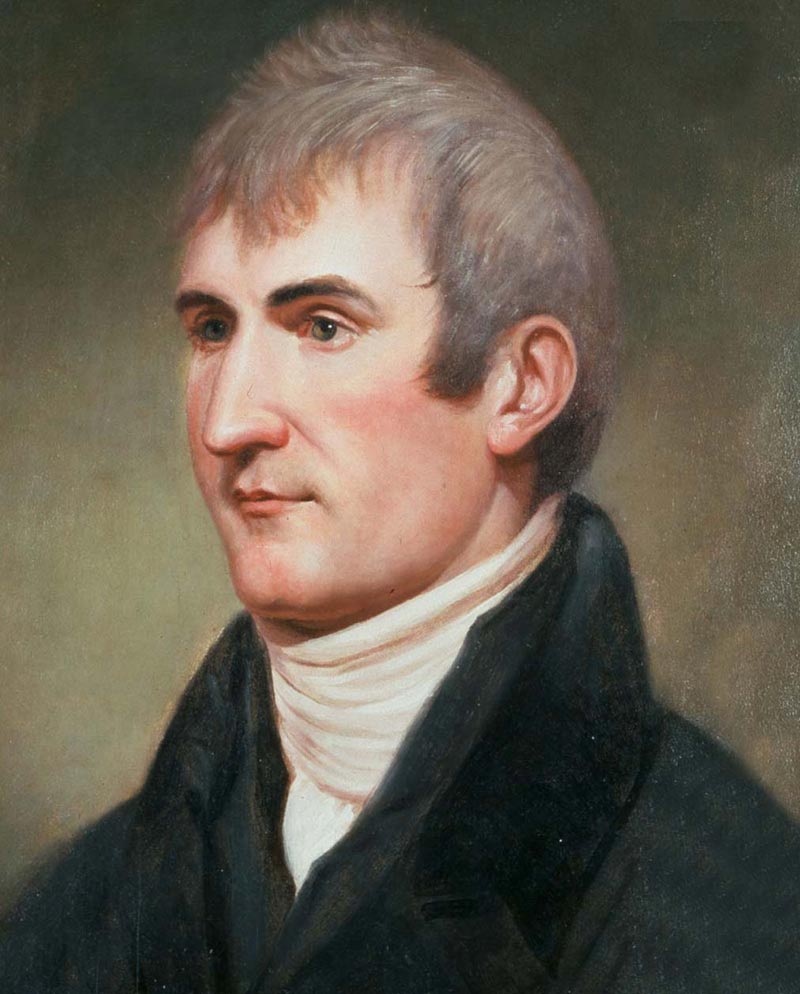
Meriwether Lewis (1774-1809)
Captain in the U.S. Army and 2nd Governor of the Louisiana Territory
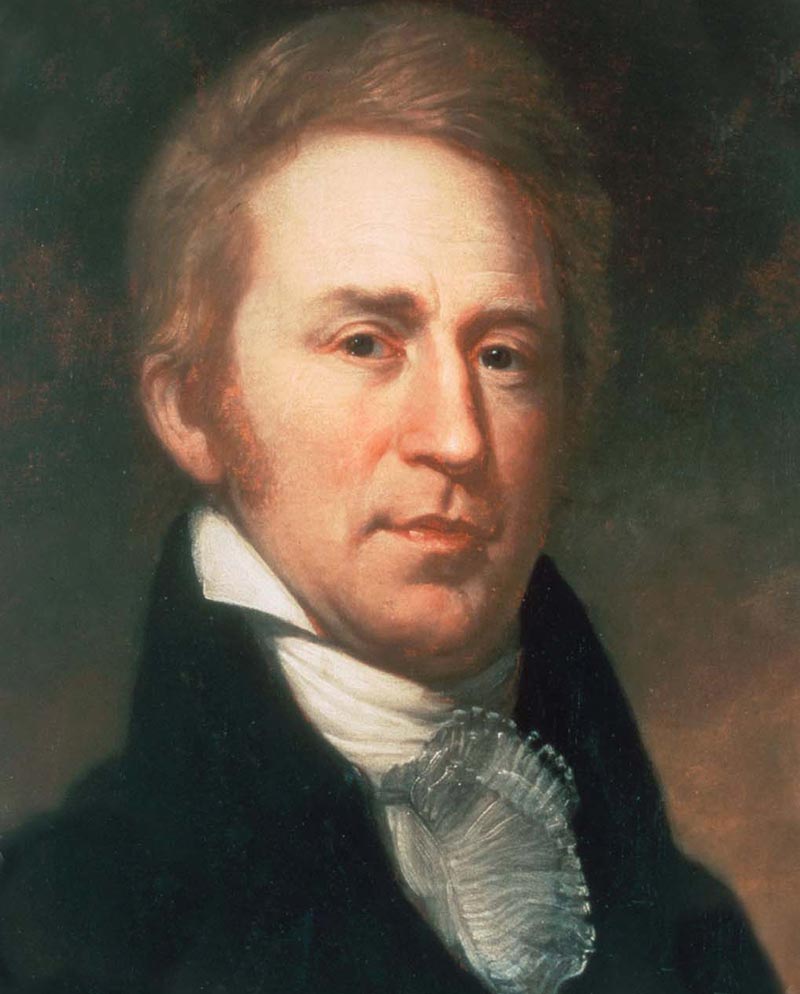
William Clark (1770-1838)
Lieutenant in the U.S. Army and 4th Governor of the Missouri Territory
In the course of the expedition, they made contact with at least twenty-four native tribes, and received help from them for food and directions, without which the Corps would have perished or at least foundered. With several war-like tribes they encountered, both the Corps and the natives practiced brinkmanship, but in each case, one side or the other backed off or backed down. Lewis and Clark built Fort Mandan in the Dakotas, from which they shipped samples of specimens of plants and animals unknown in the east. The white men spent the winter with Mandans and established a good working relationship with the tribe.
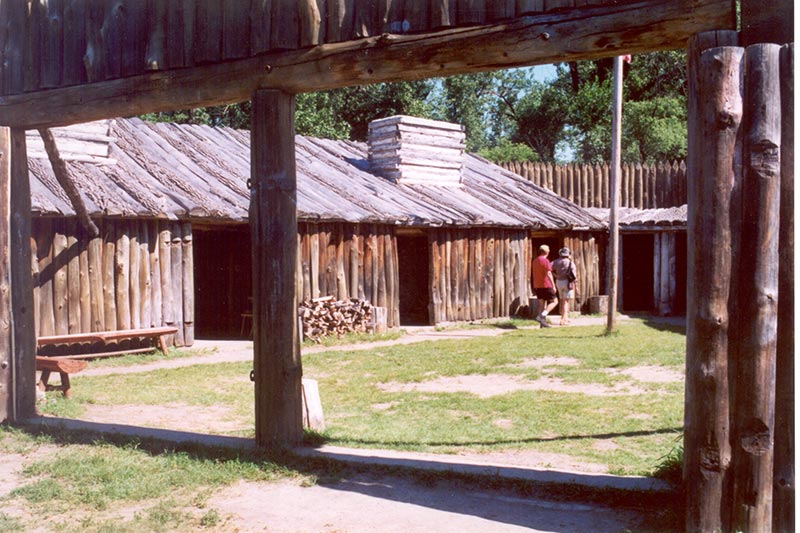
Reconstruction of Fort Mandan, Lewis and Clark Memorial Park, North Dakota
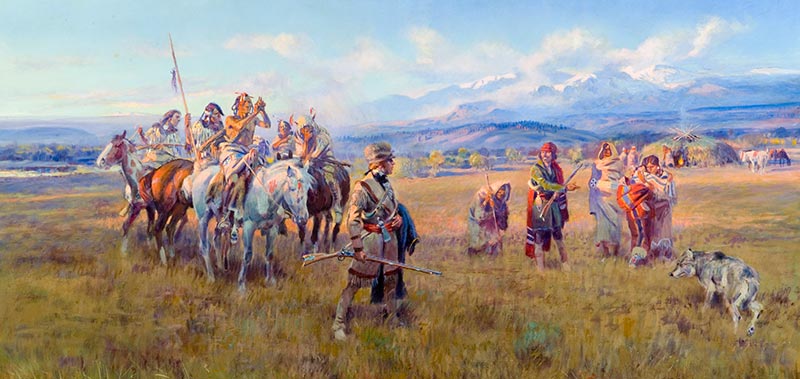
the Lewis and Clark expedition reaches a Shoshone camp
They hired a French coureur des bois named Charbonneau, but his contribution paled next to that of his Shashone wife Sacagawea. She not only bore a son on the expedition, but was instrumental in saving supplies that got swept into a river, provided diplomatic assistance when the expedition met up with Shashones in the Rocky Mountains, and helped guide through the passes of the mountains.

Toussaint Charbonneau (1767-1843), French-Canadian explorer and trader, and husband of Sacagawea
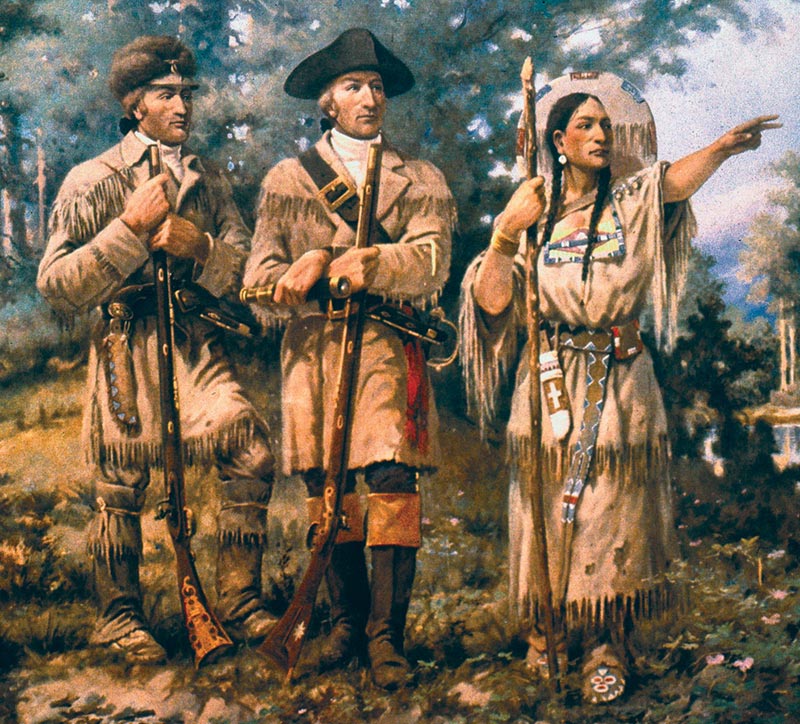
Sacagawea (1788-1812) with Lewis and Clark
The Corps made it to the Pacific Ocean, built Fort Clatsop near the Columbia River, and flew the American flag, indicating the nation’s hegemony over the region. Lewis and Clark kept detailed journals throughout the expedition, a primary source of inestimable value to the government and to posterity. The arduous return journey brought them in contact with more previously unknown tribes and botanical specimens. A number of the men were disciplined by whipping and deprivations at various times. Strict discipline was observed, drunkenness punished. Most of the travelers fell sick sometime in the trek. The leaders’ rudimentary knowledge of medicine, and information acquired from the natives, enabled the men to overcome physical maladies, broken bones, and poisonous snakes. They arrived back in St. Louis on September 23, 1806.

Lewis and Clark on the Lower Columbia
The Corps of Discovery has been memorialized and lionized, especially in the twentieth century. Their incomparable story is one of perseverance and courage, unequaled in American history.

Undaunted Courage, by Stephen Ambrose
Image Credits: 1 Thomas Jefferson (Wikipedia.org) 2 Meriwether Lewis (Wikipedia.org) 3 William Clark (Wikipedia.org) 4 Fort Mandan Replica (Wikipedia.org) 5 Shashone Camp (Wikipedia.org) 6 Toussaint Charbonneau (Wikipedia.org) 7 Lewis and Clark with Sacagawea (Wikipedia.org) 8 Lower Columbia (Wikipedia.org)</small


